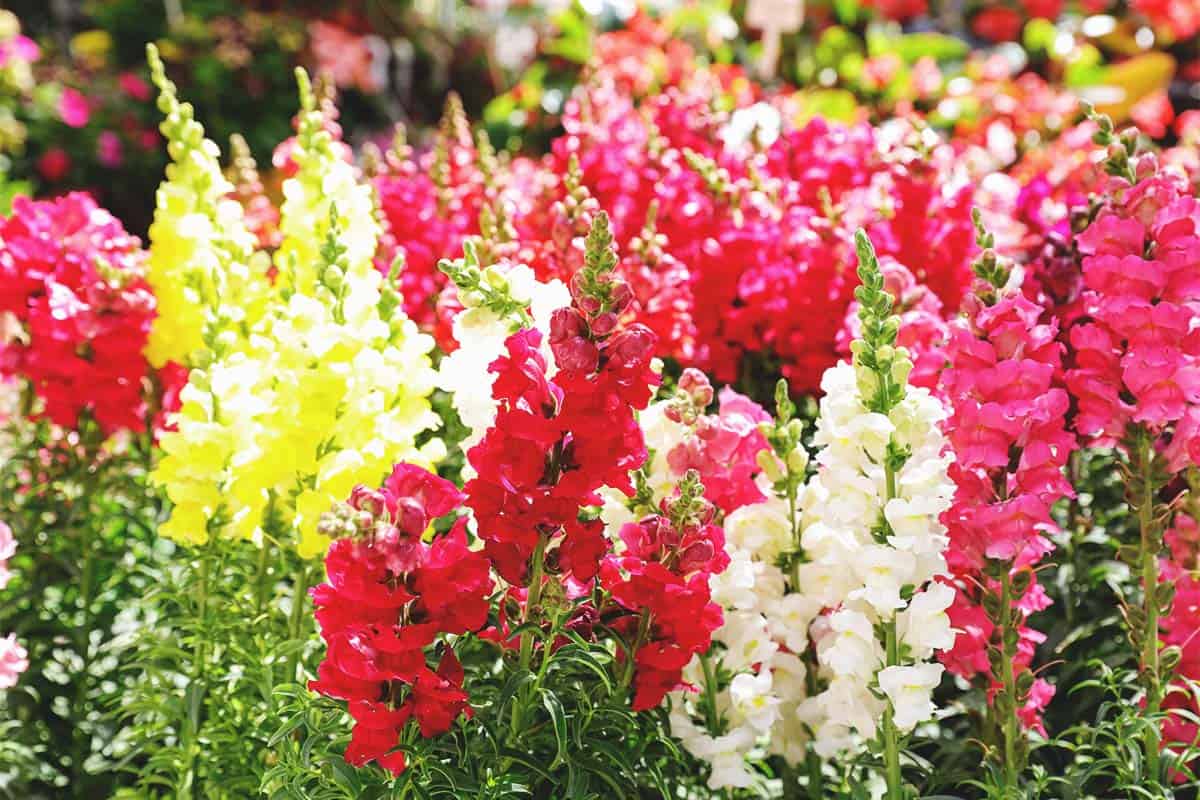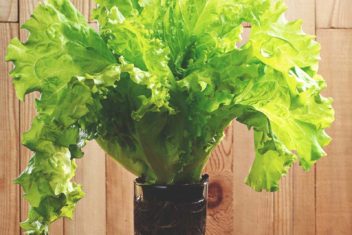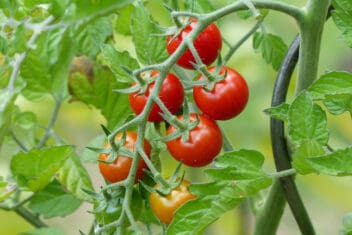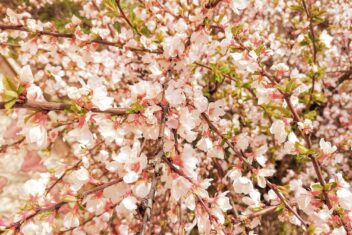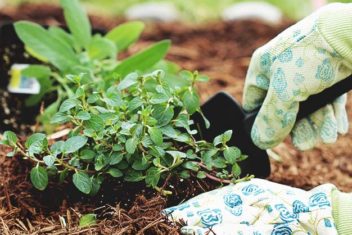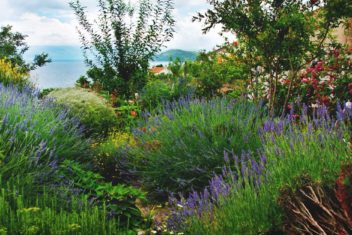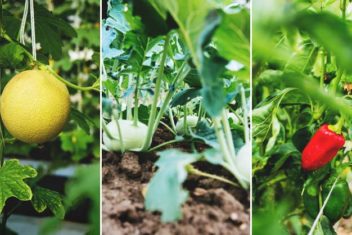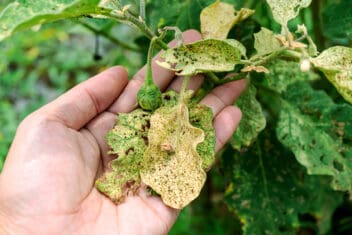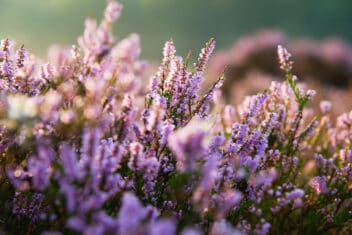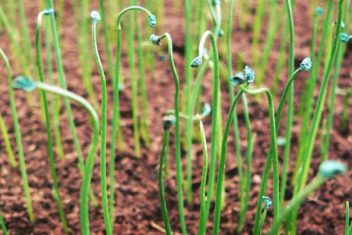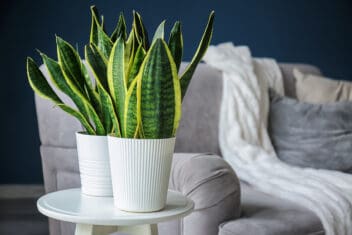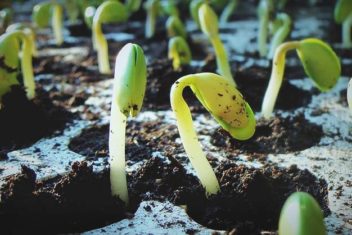If you want to make some good money at the farmer’s market, growing cut flowers is an enjoyable hobby that can also be a lucrative business. Flowers are in high demand at local markets.
On top of being a good crop to invest in, flowers make a booth stand out in a market. They’re bright and beautiful and draw people in – they practically sell themselves!
You can dedicate an entire booth to your blossoms, or you can use them to enhance your other goods. If you have multiple products, you can place other things that aren’t as colorful, such as homemade bread or root crops, near your bouquets.
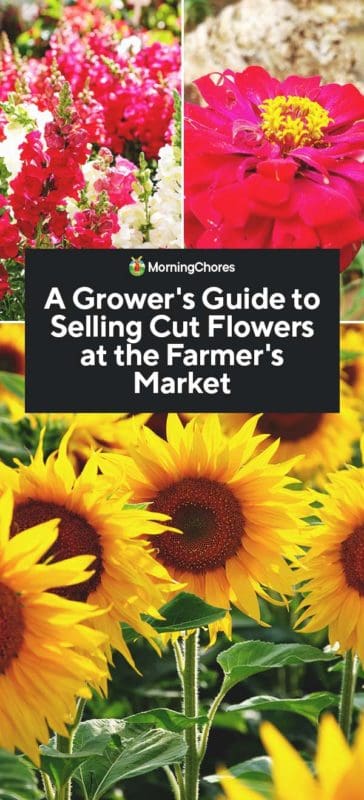
What Makes a Great Flower For Selling
Here’s what makes a good farmer’s market flower:
- Lifespan – you want varieties that hold up in a vase for at least a week.
- Height – tall varieties over 14 inches are best.
- Climate – pick varieties that grow well in your climate.
- Variety – don’t just grow the flowers that jump out at you with size and color. When you are putting together a bouquet, the smaller flowers or fillers such as baby’s breath, are equally important.
- Sizes and shapes – flowers come in different shapes and sizes. Keep in mind that you want a variety of round flowers, spikey tall flowers, wispy flowers, etc.
- Perennials or Annuals – annuals produce faster, but don’t overlook perennials. Perrenials may give you an edge by having something others don’t. Phlox, asters, and delphinium make great cut flowers.
- Flowering time – keep on eye on bloom length when you are selling flowers and plan accordingly.
Hillary Alger, the Flowers Product Manager at Johnny’s Seeds says that a farmer’s market flower should be:
- Beautiful
- Productive
- Fast-growing
- Relatively low-maintenance
- Easy to harvest
Also, keep productivity in mind. Cut-and-come-again flowers are the kind that you can snip off and the remaining stem will grow a new flower in the same season, so you can have continuous blooms. Zinnias are an ideal cut-and-come-again flower.
11 Best Flowers To Grow
With the above criteria in mind, here are the flowers that I like best for selling at the farmer’s market. Keep in mind that you may want to branch out to surprise your buyers.
For instance, some flowers do double duty and can be sold as cut flowers with an edible part. Jerusalem artichokes or sunchokes, for instance, make a nice cut flower and have an edible tuber.
Fillers are those flowers which have smaller, thinner stems and flowers. They fit in nicely next to bigger blooms and create an accent. They’re referred to as fillers because they utilize and fill up the empty spaces to bulk up a bouquet. Don’t underestimate the importance of fillers – think grasses, ferns, and smaller flowers.
Sunflowers
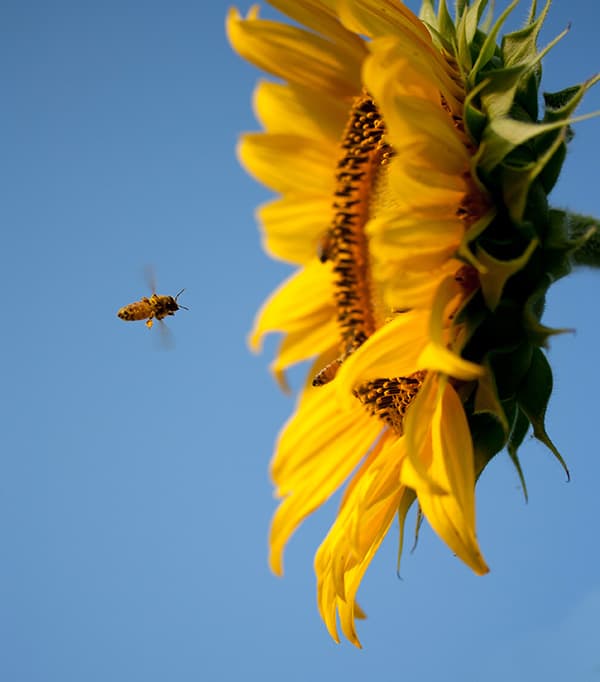
Sunflowers are the most popular flower grown in America. They’re used for their seeds, oil or as cut flowers.
There is a farmer not far from me who has started growing sunflowers to press the seed into oil. In August, the cars literally line up and stop along the road to take pictures of his field – the flowers are that impressive.
Plus, sunflowers are easy to grow.
Varieties: There are many varieties and they come in yellow, orange and red. Tall, short and pollen-less species are available. Try a mix to get started.
Lemon queen, teddy bear – a pollen-less type – and any from the Procut series are good options.
Zinnias
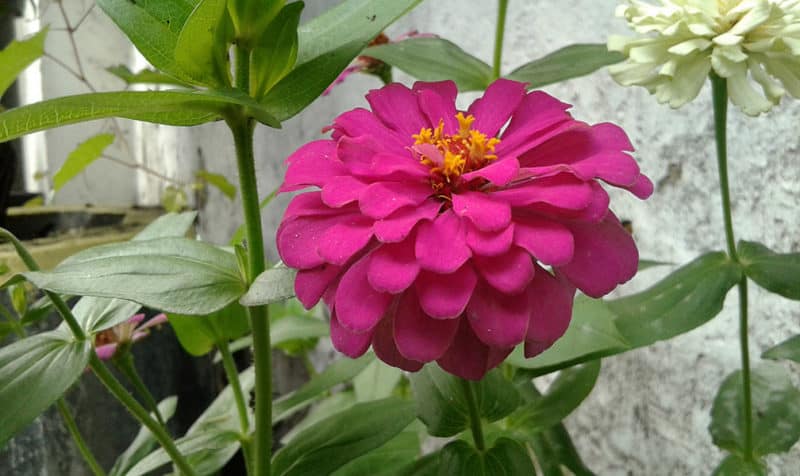
My absolute favorite flower for the farmer’s market are zinnia. They’re hardy and keep making flowers during hot, rainy or bug-infested summers. Zinnias come in a plethora of colors (except blue) and in several petal shapes.
Varieties: The giant dahlia-bloom has a compact flower head that grows up to six inches. The cactus varieties have a softer individual spine like petals.
Wonderful varieties abound, but the Benary series was developed specifically for cut flowers. Oklahoma and cactus are popular and my favorite state fair mix.
Rudbeckias
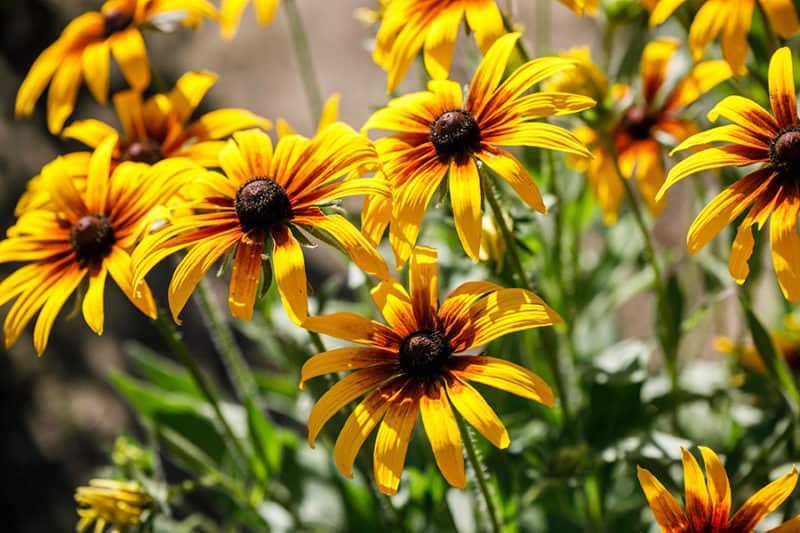
Another garden workhorse, the rudbeckia is related to sunflowers and zinnias – they’re all in the Asteraceae family. Rudbeckias are perennials or self-seeding annuals, so always let some go to seed.
The petals are unique because they angle downward. This is an advantage in the bouquet because they make it look fuller.
Varieties: Rudbeckia is found in domesticated varieties such as Indian summer and Prairie Sun. You may also find it in the field as the wild black-eyed Susan.
Cosmos
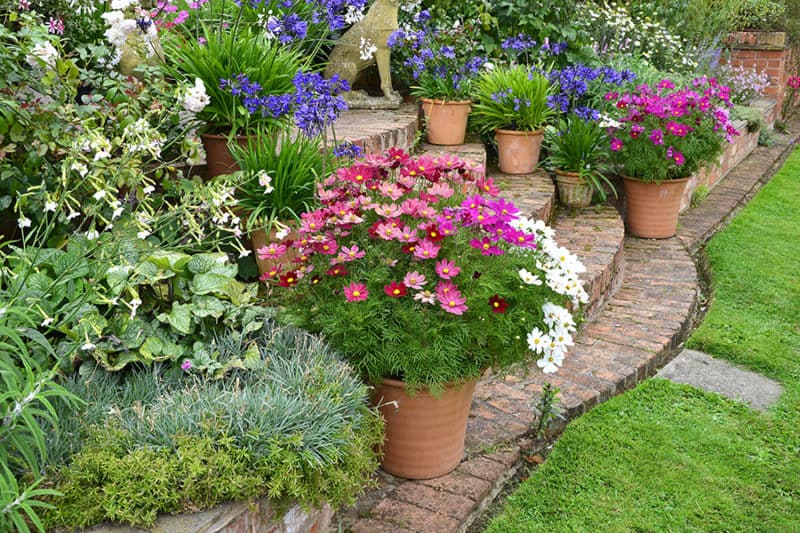
Cosmos is a popular cut flower. You need to snip the blossoms when the flower has a tight center. The unopened buds will bloom in the vase.
One of my big mistakes the first season I grew cosmos was to wait too long to harvest them. If you wait until the flower is fully open, then they wilt easily. I found that out the hard way at the farmer’s market and I was pulling them out of bouquets because they looked bad.
Varieties: The double click series has double blooms and fern-like foliage. Seashell has a pretty fluted petal.
Celosia
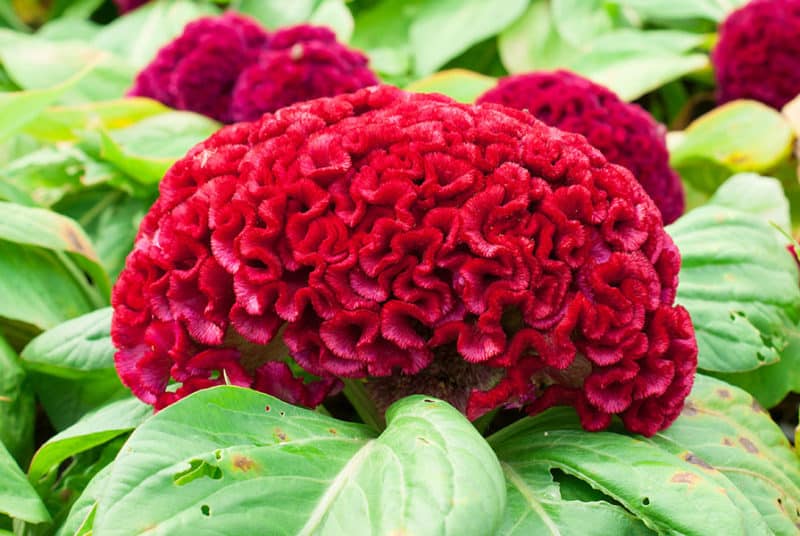
There are many types of celosia, from tall and feathery, to ones that look like brains. They add such an interesting texture to bouquets, so they’re a must grow. Bonus: they do well in the heat of the summer.
Varieties: There are three types: Cristata is the crested cockscomb, plumose have the feathery tops, and spicata is known as the wheat celosia.
Recommended varieties include flamingo feather, chief, papas plume, and temple belles.
Amaranth
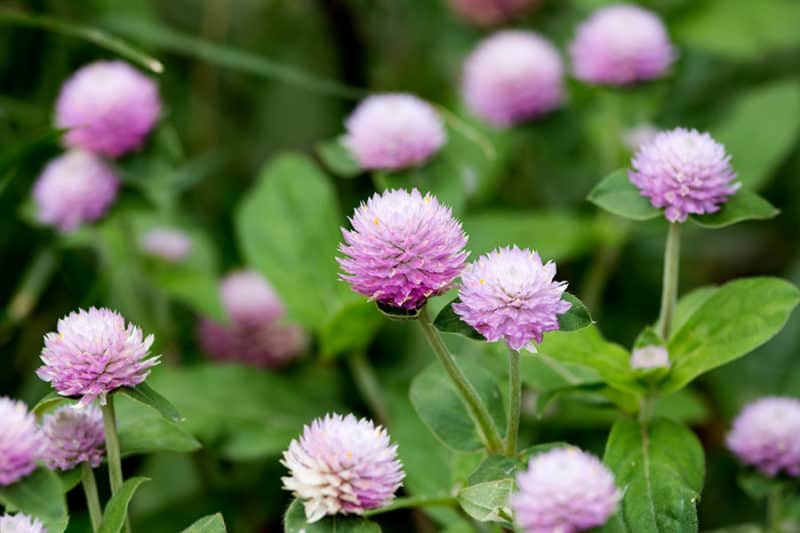
You may have grown amaranth before for its seed, which is loved by birds and humans. Amaranth also makes a stunning focal point in a bouquet. They’re tall and stately and have a good vase life.
Varieties: Red spike and hot biscuits are popular for cut flowers. Love lies produces a trailing flower that looks nice in a large rounder vase.
Snapdragons
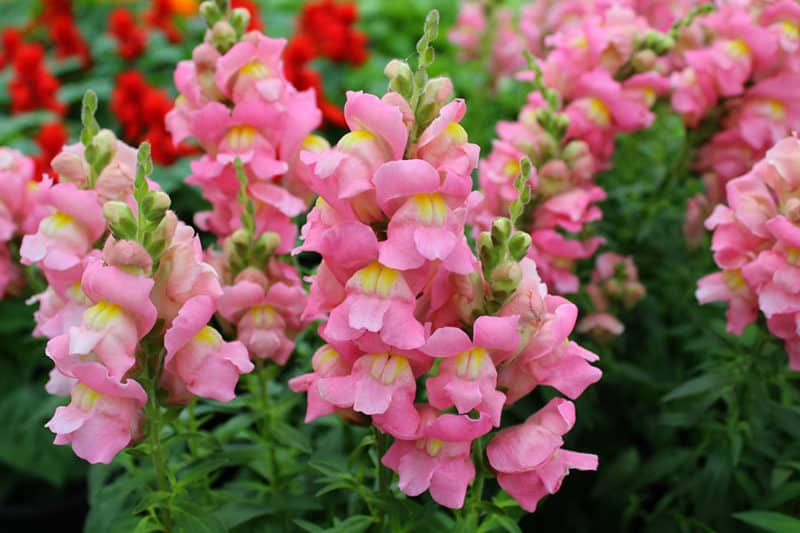
This flower holds a warm place in my heart and was always the favorite of my son. He used to plant and tend them in his own flower garden.
Snapdragons should be started indoors and need to be bumped up to a bigger pot if their roots reach the bottom of the container. They don’t like to be root bound. Give them a big hole when you transplant them.
Outside, they need support as they get blown over easily. Support netting laid horizontally about five inches off the ground works well.
Varieties: Some outstanding varieties are the rocket and Potomac series.
Baby’s Breath
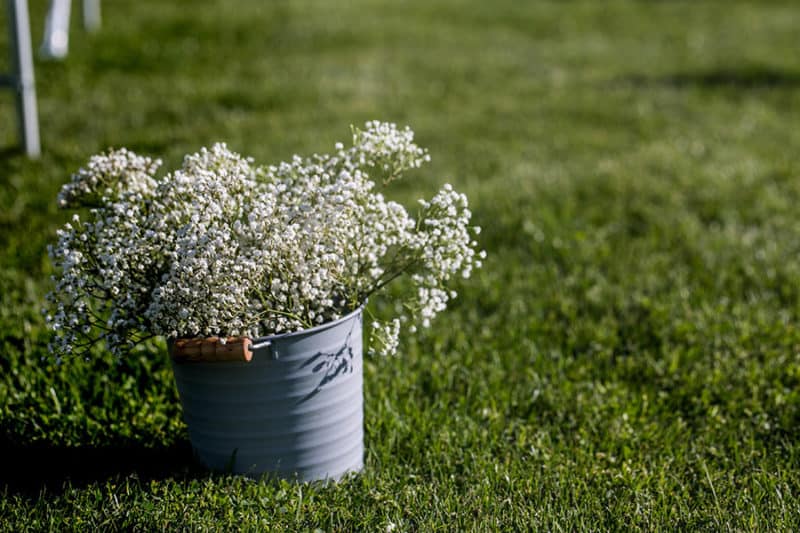
Baby’s breath is a bushy plant with tiny flowers that come in a range of colors. It does better when you direct seed it. Succession seeding is important because baby’s breath has a short bloom period.
They do well with support as some varieties grow four feet tall.
Varieties: A popular one to grow for cut flowers is Bristol fairy.
Field Weeds
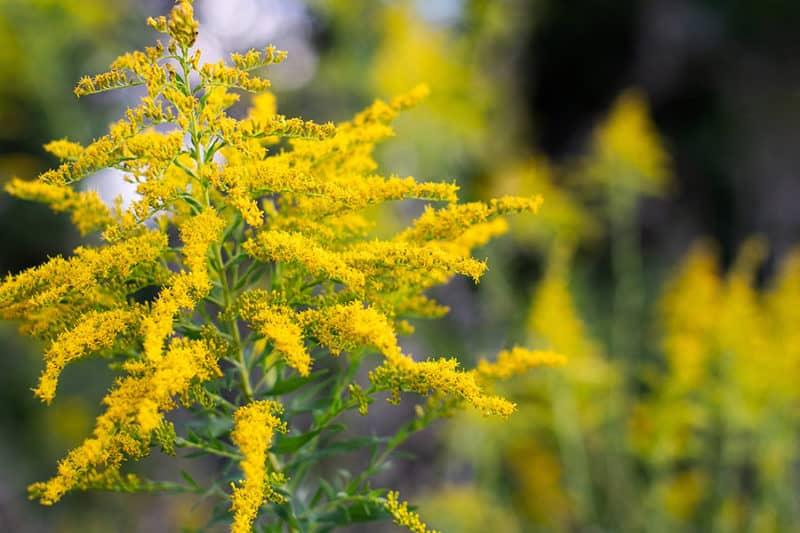
OK, field weeds are not “flowers” per se, but I have filled out many bouquets with what could be called weeds. I have two fields that I use for livestock and only occasionally mow. My fields grow a smorgasbord of flowers.
In fact, I have sold my wild weed bouquets for the same price as cultivated flowers with a lot fewer inputs.
Varieties: Joe Pye weed, yarrow, daisies, goldenrod (not the same as ragweed) butterfly bush, and wild wheat all make wonderful cut flowers for the farmer’s market.
Herbs
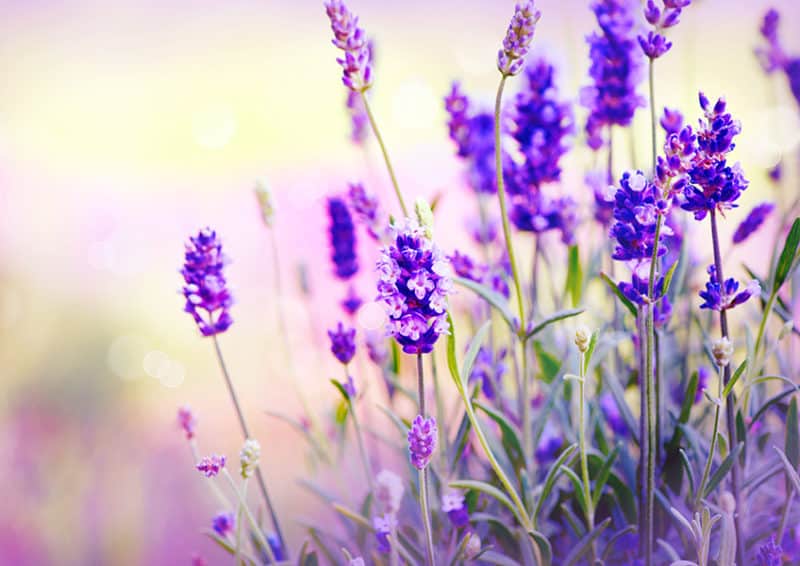
Don’t overlook your herb garden as a place to find beautiful cut flowers. Typically, when we grow many herbs, we cut the flower heads to promote leaf growth.
Letting your herbs flower adds a beautiful dimension to your bouquets – not to mention the smell. Your customers will think you are quite clever when you tell them they can eat the leaves after the flowers give way.
Varieties: Basil makes a wonderful spikey flower that makes a great shorter filler. Basil does well in hot climates and holds in the vase. Good varieties include oriental breeze, cinnamon, and Mrs. Burns.
Dill has beautiful fronds which make the bouquet look light and airy. And, of course, don’t forget floral herbs like chamomile and lavender.
Peonies
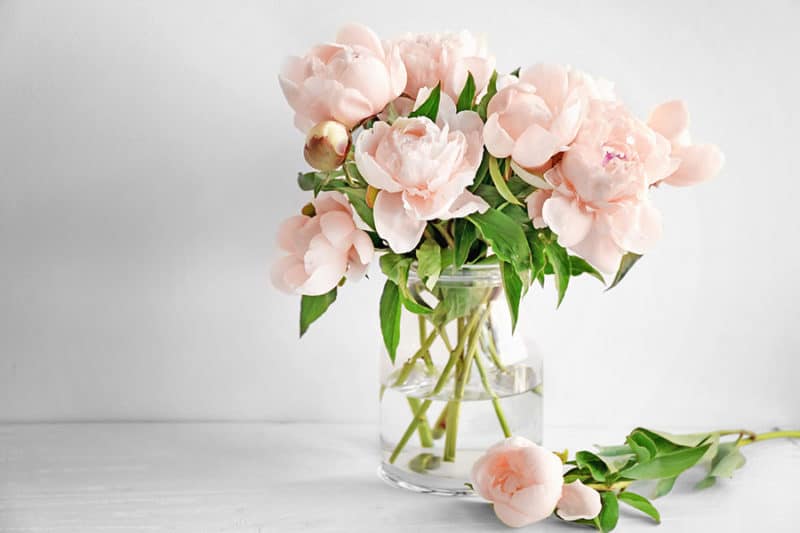
Peonies are always in demand, and sellers can charge a pretty penny for them. They can also be prolific in the garden, with one plant providing you many others as you divide it over the years.
You can harvest peonies when the buds are still small and tight and they will continue to expand, so they can last a good while even after they’ve been cut off the plant.
Varieties: Angels cheeks, bridal icing, candy stripe, coral charm, lemon chiffon, and minuet all have sturdy blossoms and long stems, which makes them perfect for cutting.
Planting Your Flowers
You want to plant many of your flowers from seed in a grow room or greenhouse to give them a head start. This gives you a longer selling season.
Succession planting is just as important when growing flowers as it is with vegetables. Plant popular varieties every two weeks. This is especially important with flowers such as baby’s breath, which have a shorter bloom time.
Putting Together the Bouquets
Flower arranging is an art form and florists make a career of it. You don’t have to be an artist or a florist, but there are some steps to keep in mind when arranging bouquets for the public.
- Strip the lower leaves. You don’t want leaves dirtying up the water.
- Start with a tall stem or two as your focal point.
- Add some smaller stems and flowers around the focal point.
- Add some filler to put in any holes or thin areas.
- Choose a theme. You can use a mono-color or multi-color palette. Put plants together to see how they look best.
- Snip stems so they are even.
- Use rubber bands or string to hold the stems together. You can also invest in flower sleeves.
- Put them in a bucket of fresh water and change the water frequently.
Resources
Lynn Byczynski, the author of the Flower Farmer, is the Queen of Cut Flowers. I first heard her speak at the Ohio Ecological Food and Farming Conference in 1999. Yes, I’m dating myself.
She talked about grossing $25,000 per acre from cut flowers at the farmer’s market and I was sold! Lynn is also the editor for the Growing for Market newsletter.
Take Away
Flowers are a pleasure to have around the farm, but they can also be a serious money maker because they’re in demand at the farmer’s market.
Try out some smart techniques with your new business. One of my strategies is to give a flower to the children. They love it and ask their parents to buy more. You can also offer to hold bouquets for buyers until they’re ready to leave the market so they don’t have to lug them around.
I know from experience that flowers entice people to stay at your booth longer, giving you a chance to talk about your farm or upsell other products, so on top of a money-maker, it can be a good way to get to know your customers.
If you enjoy growing flowers for their beauty you may want to consider them as a cash crop. Cut flowers sell well and bring pleasure to the gardener and the customer.
